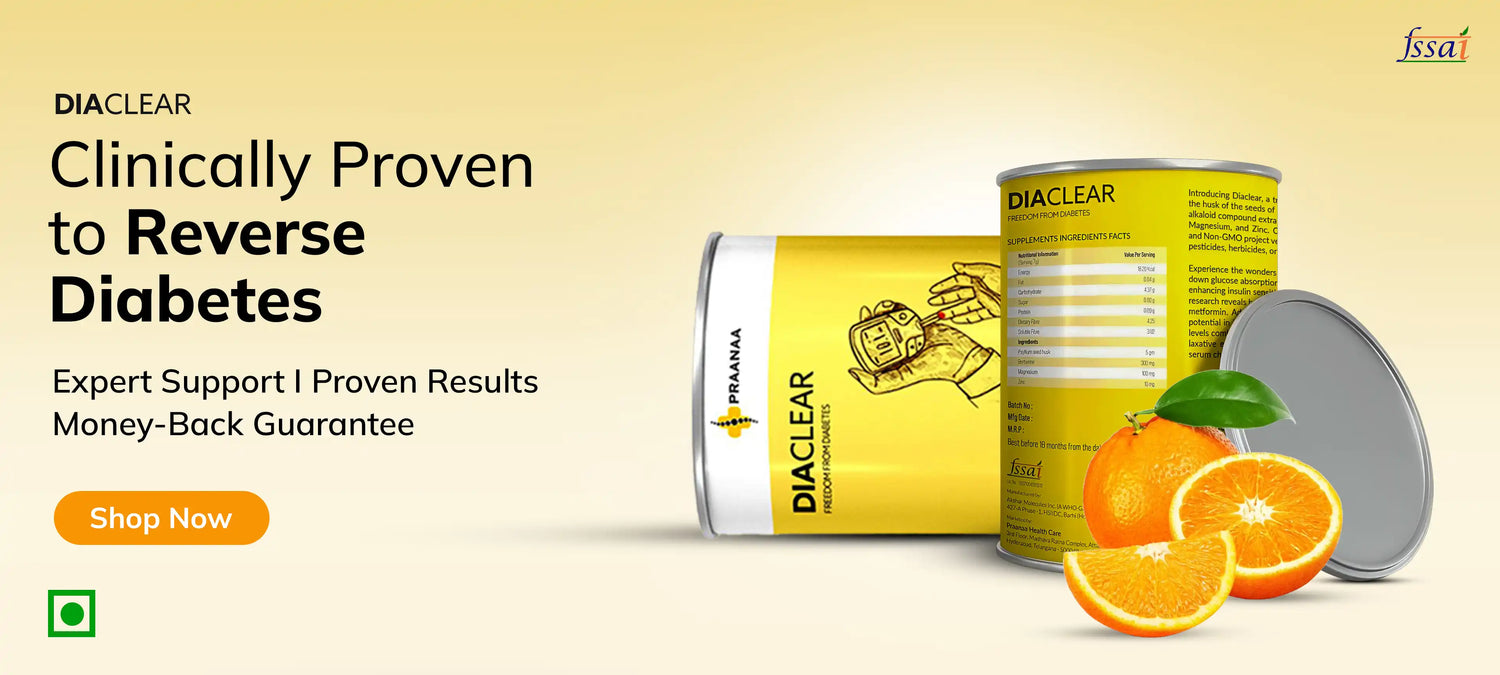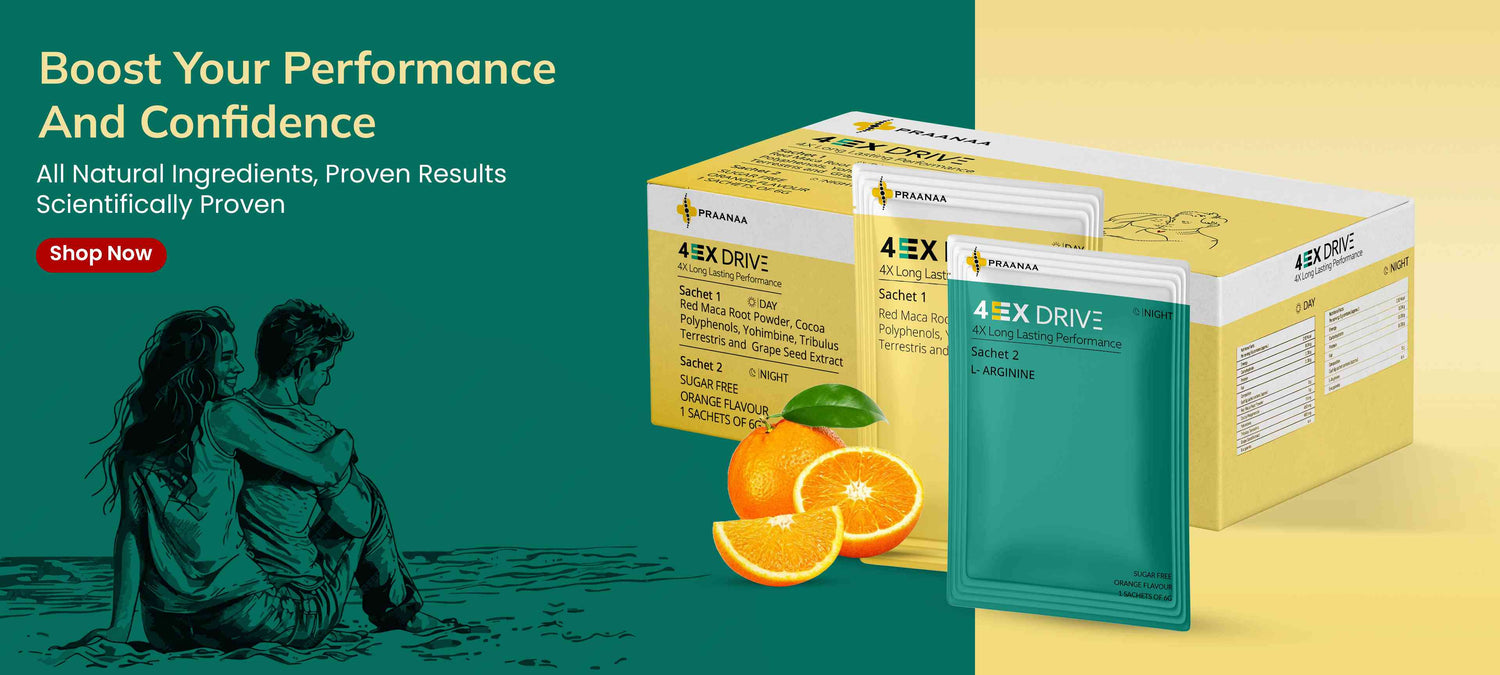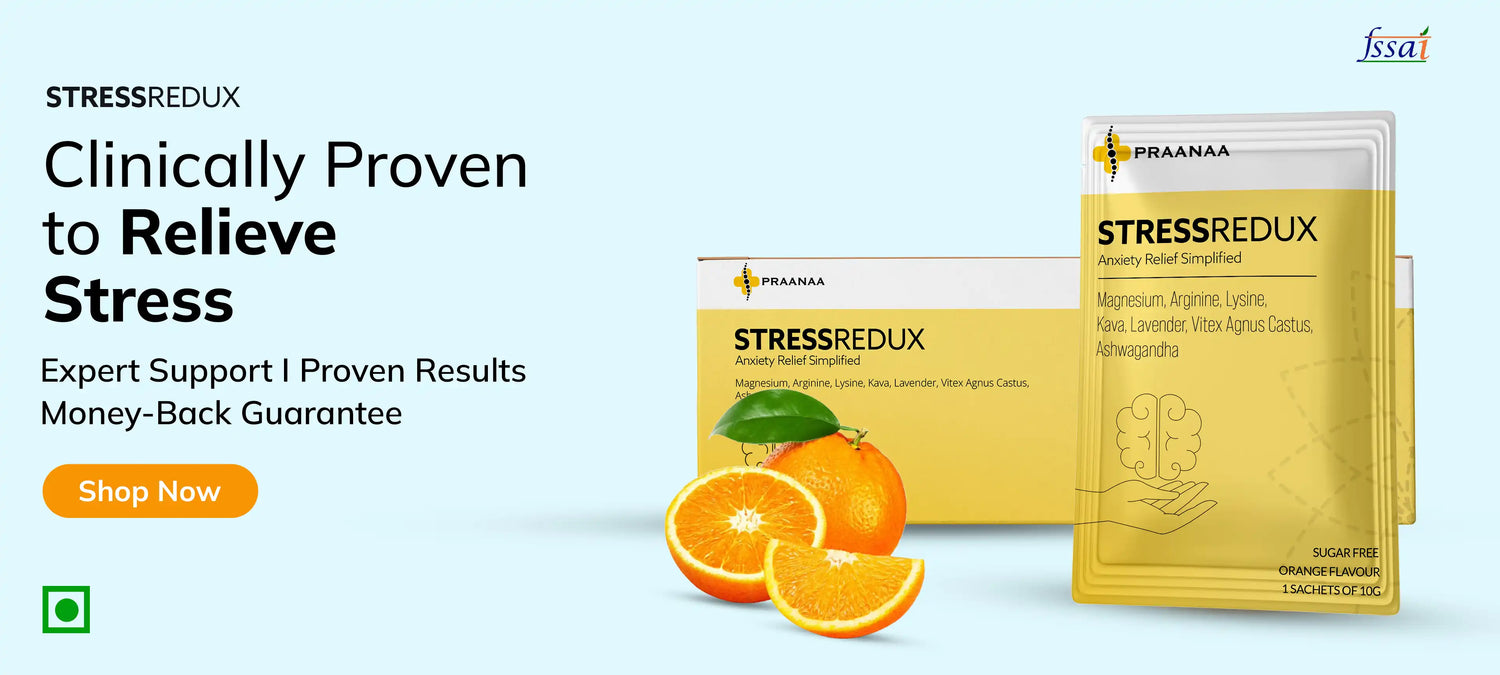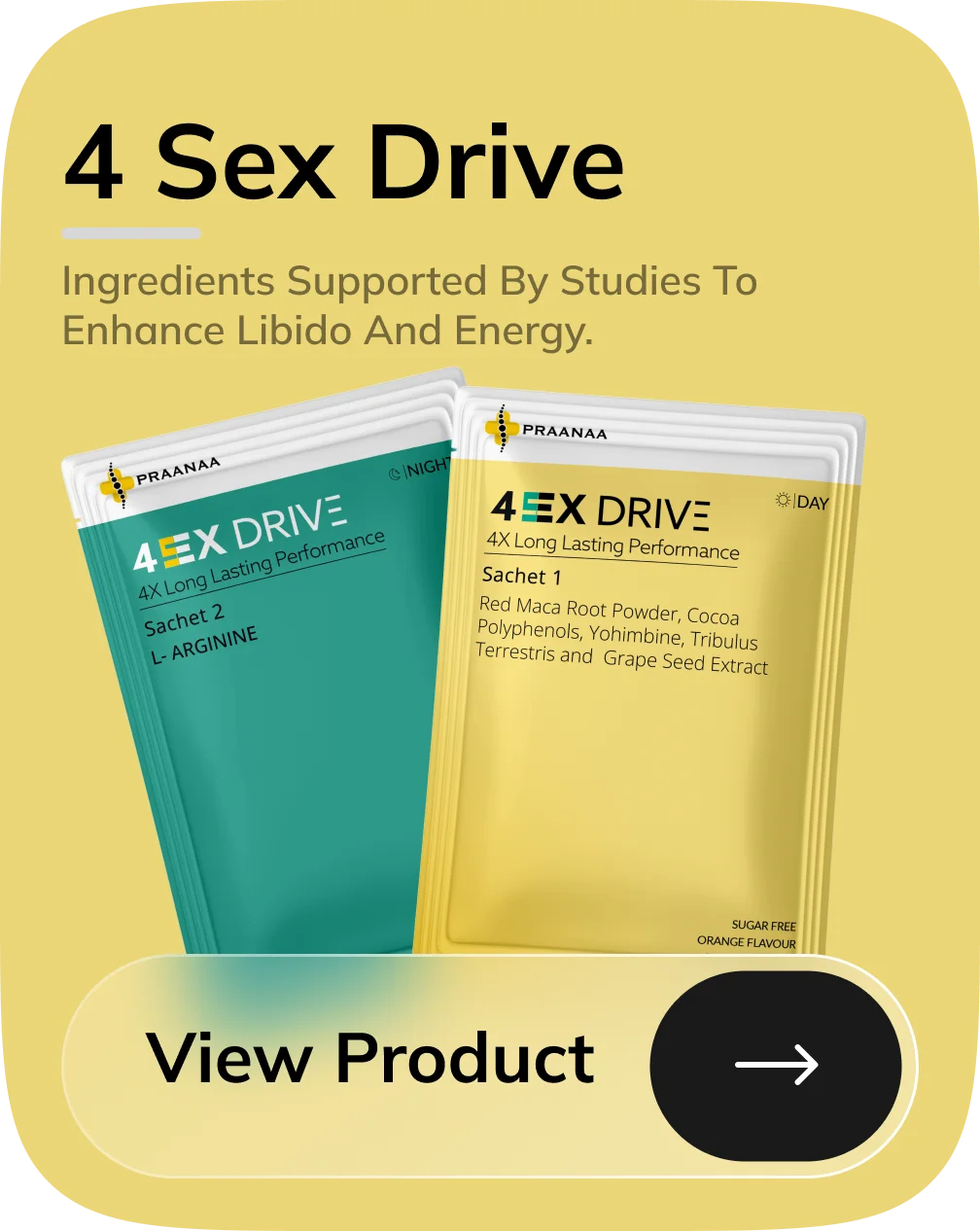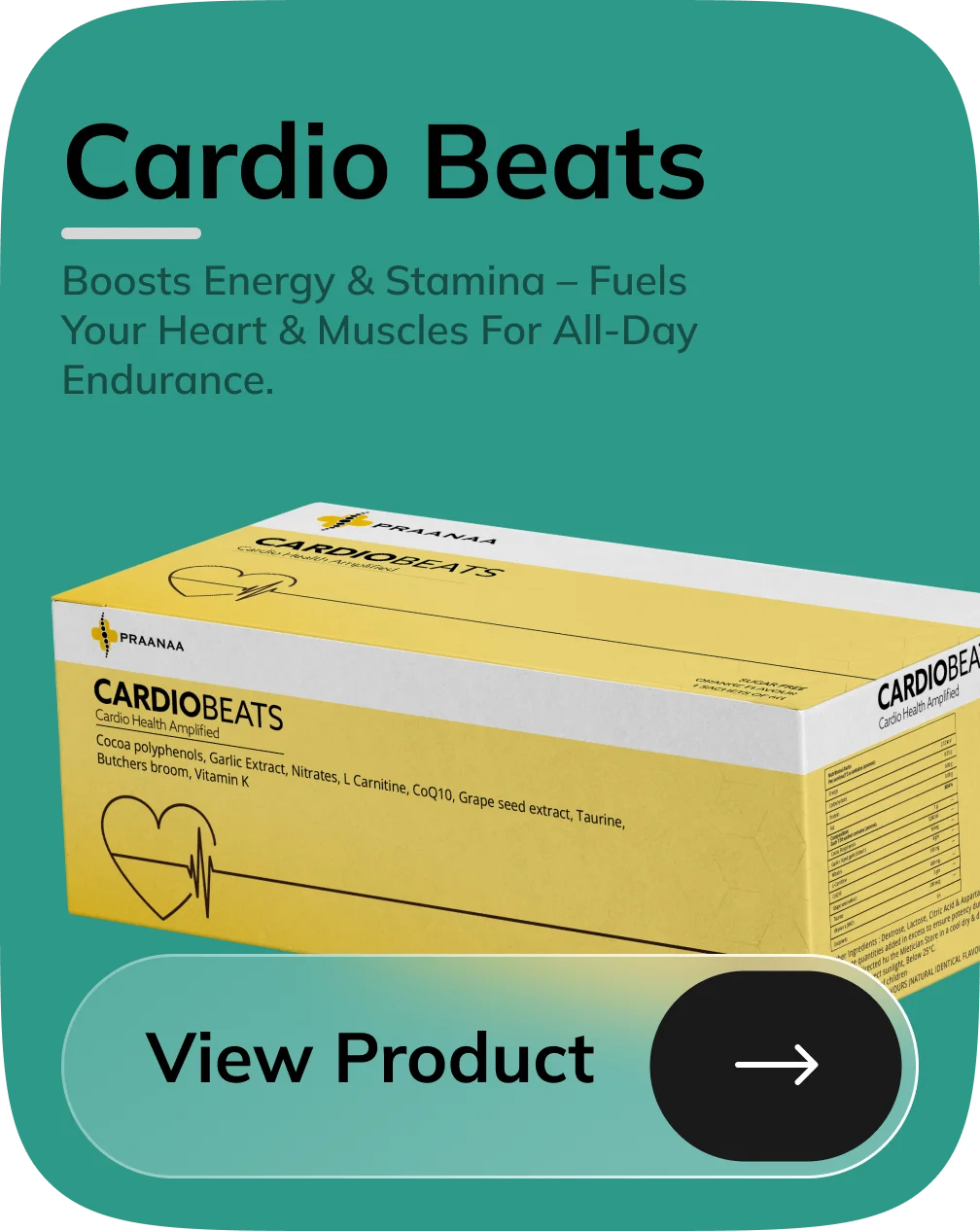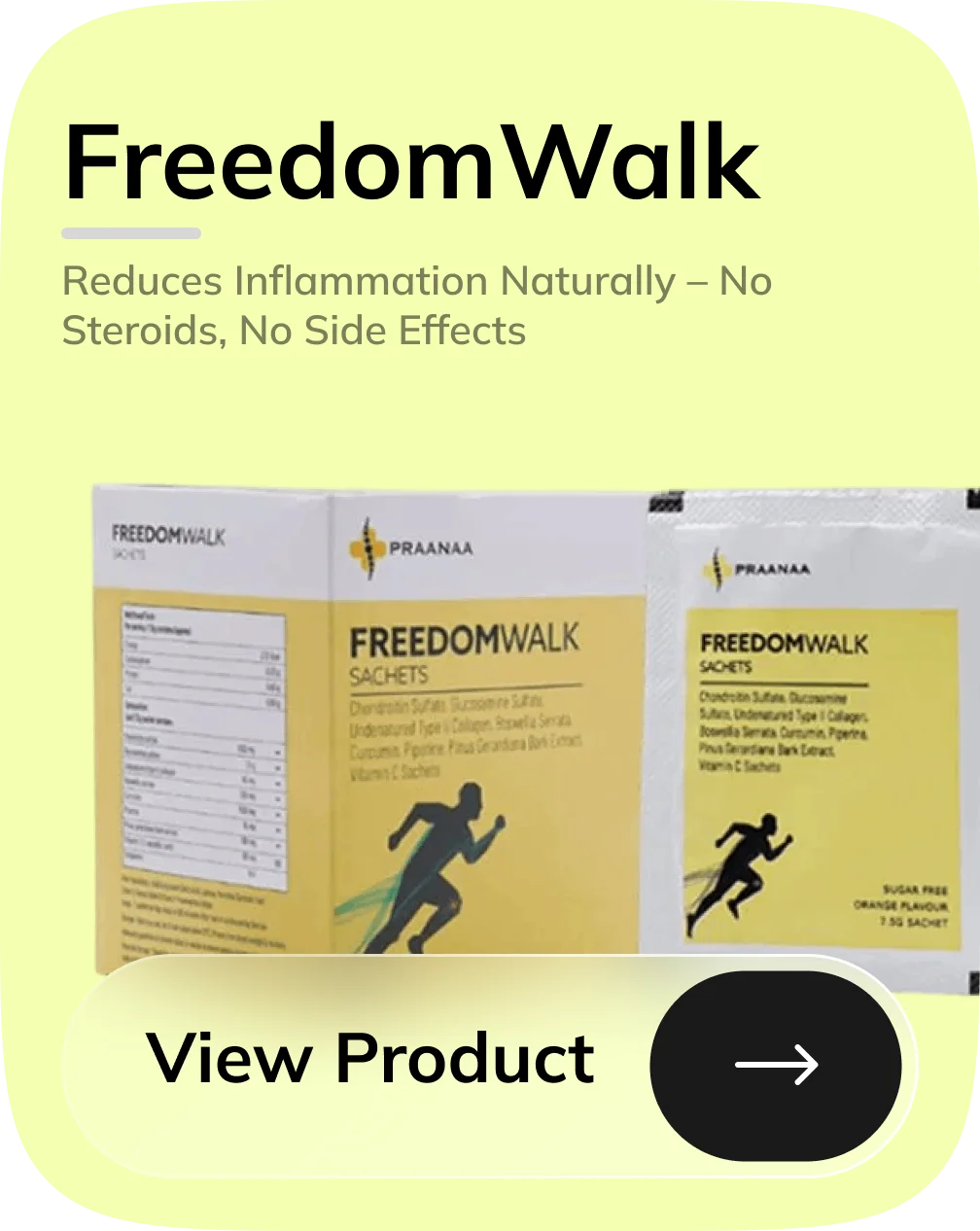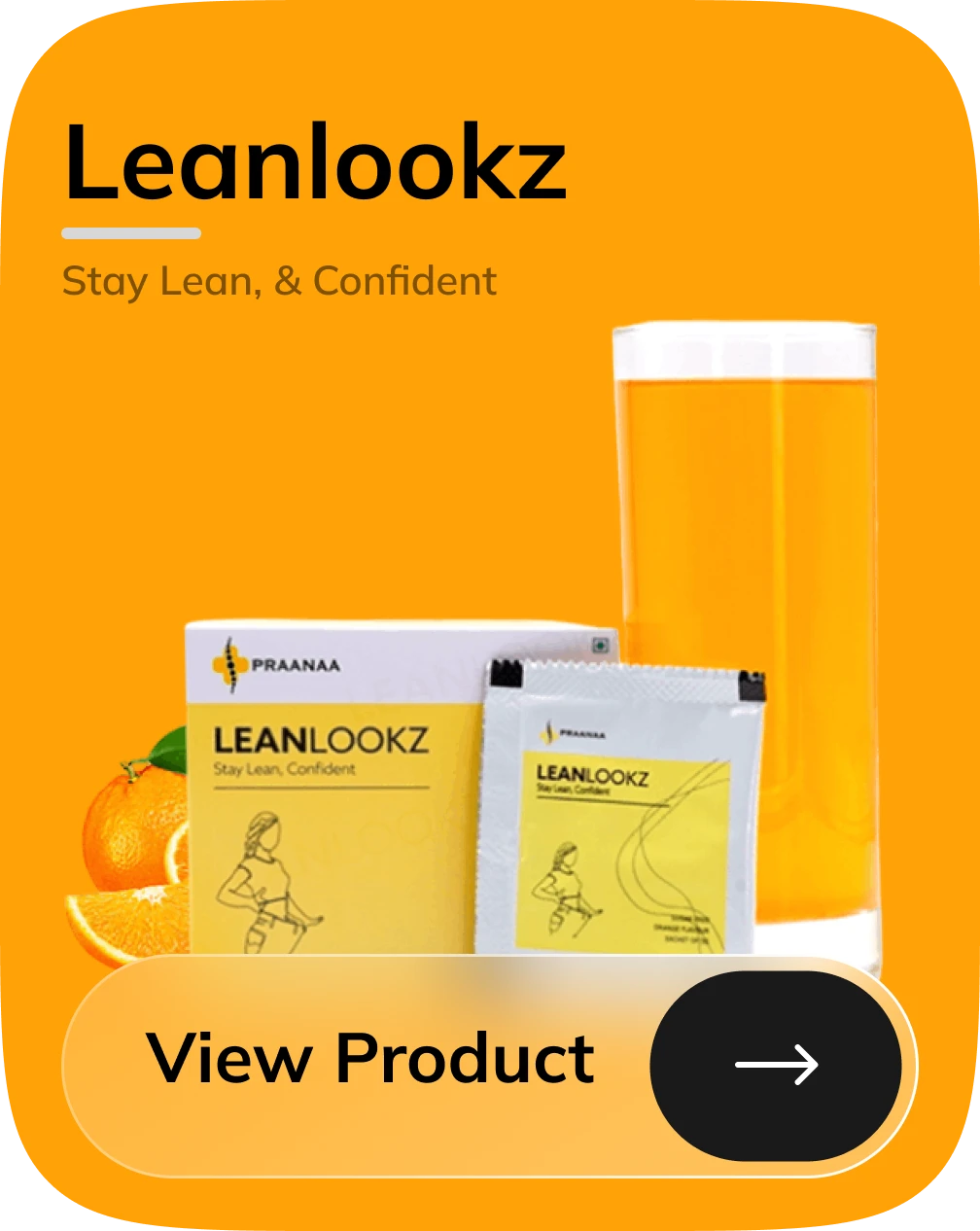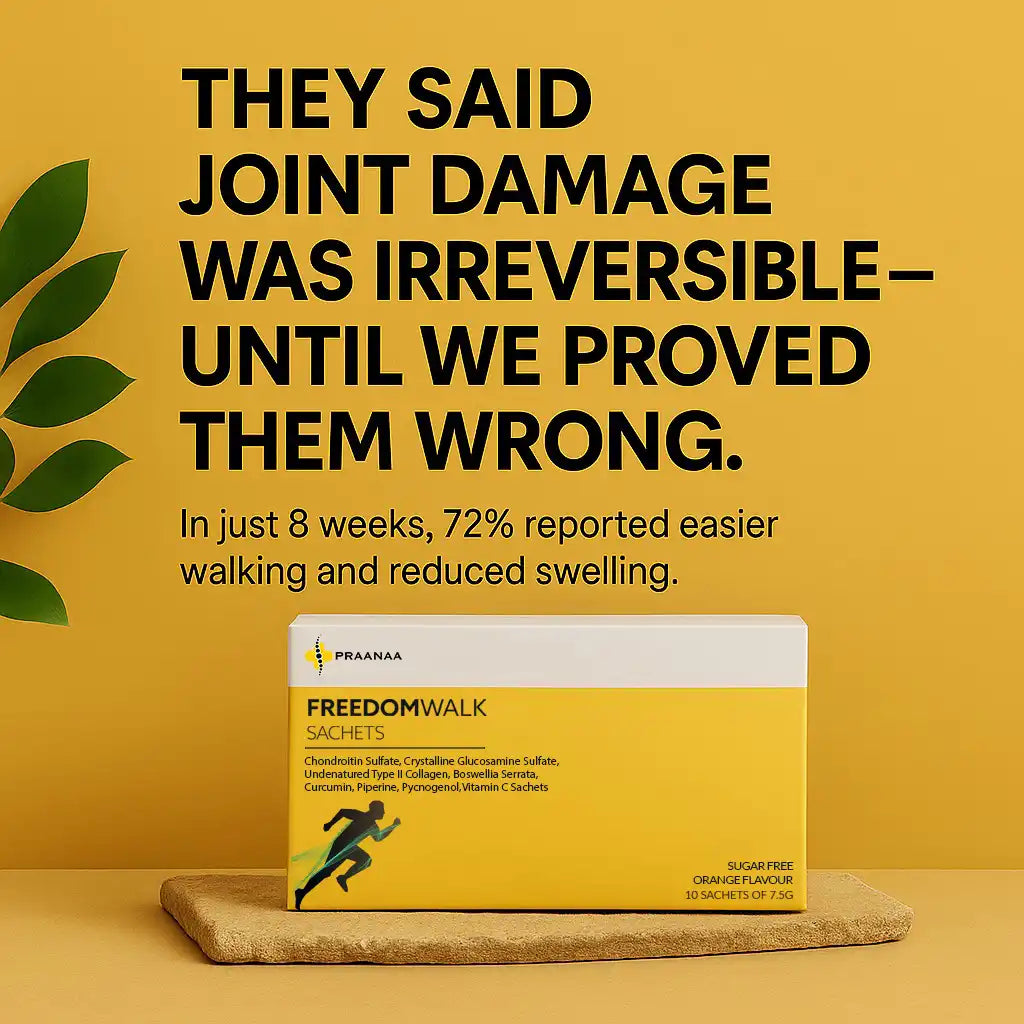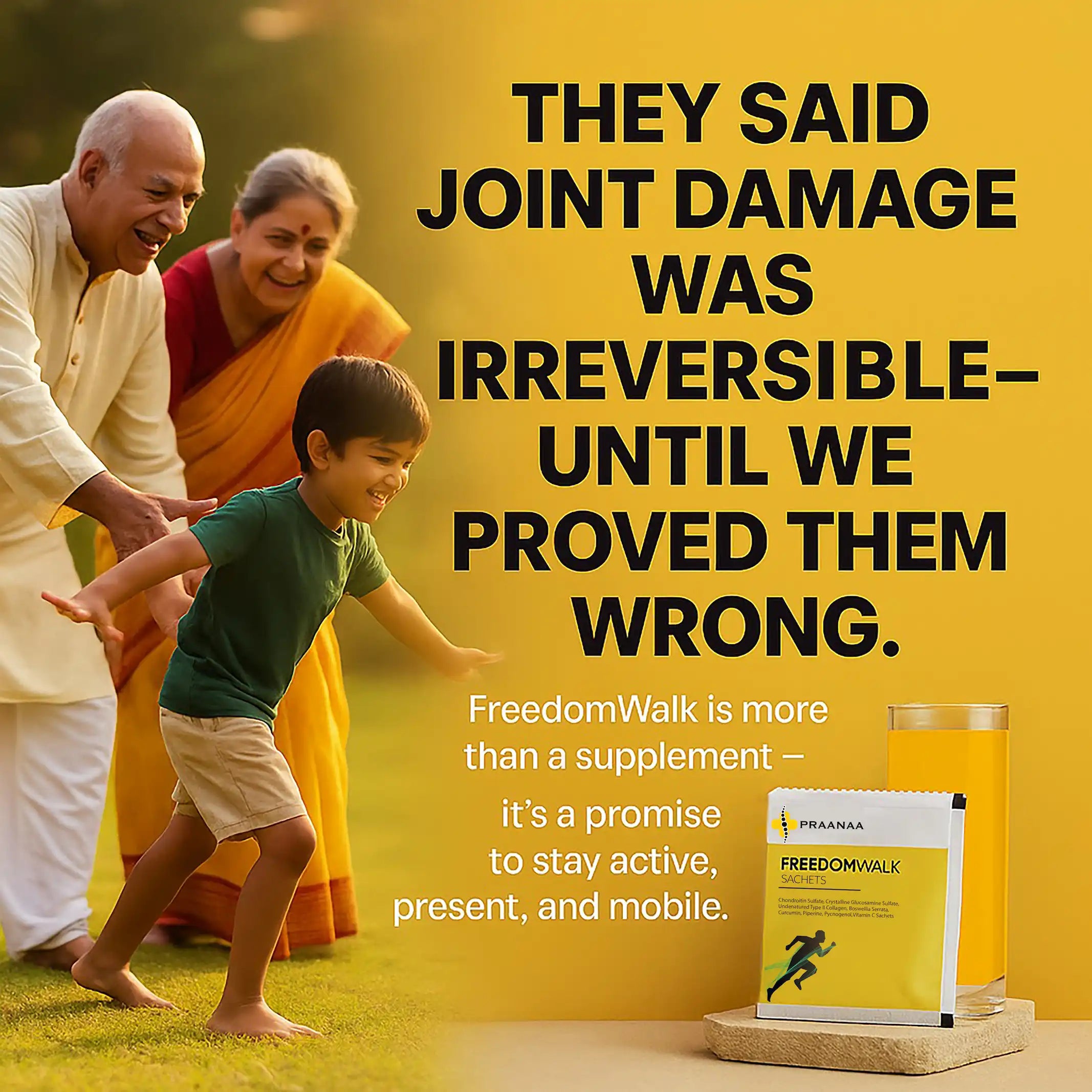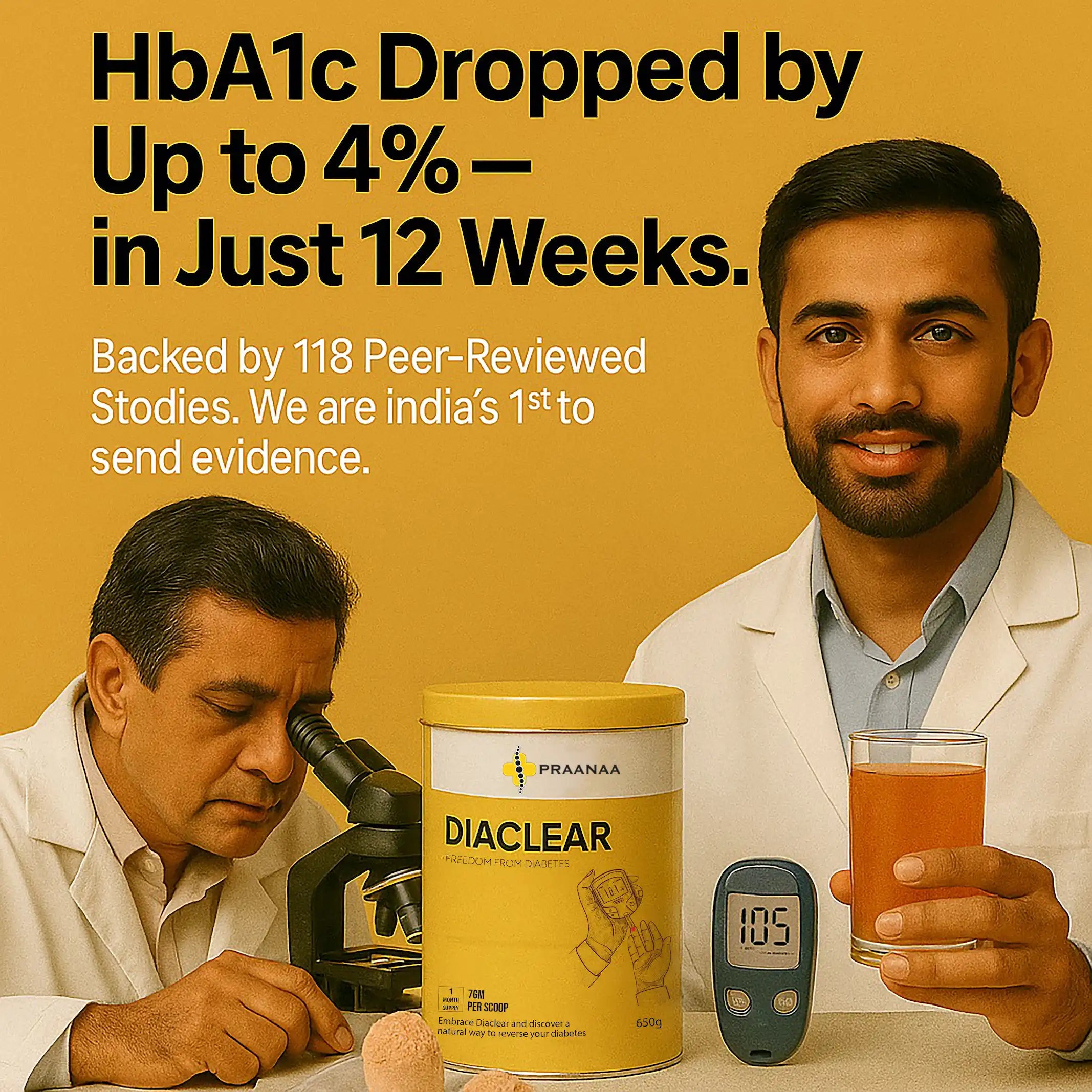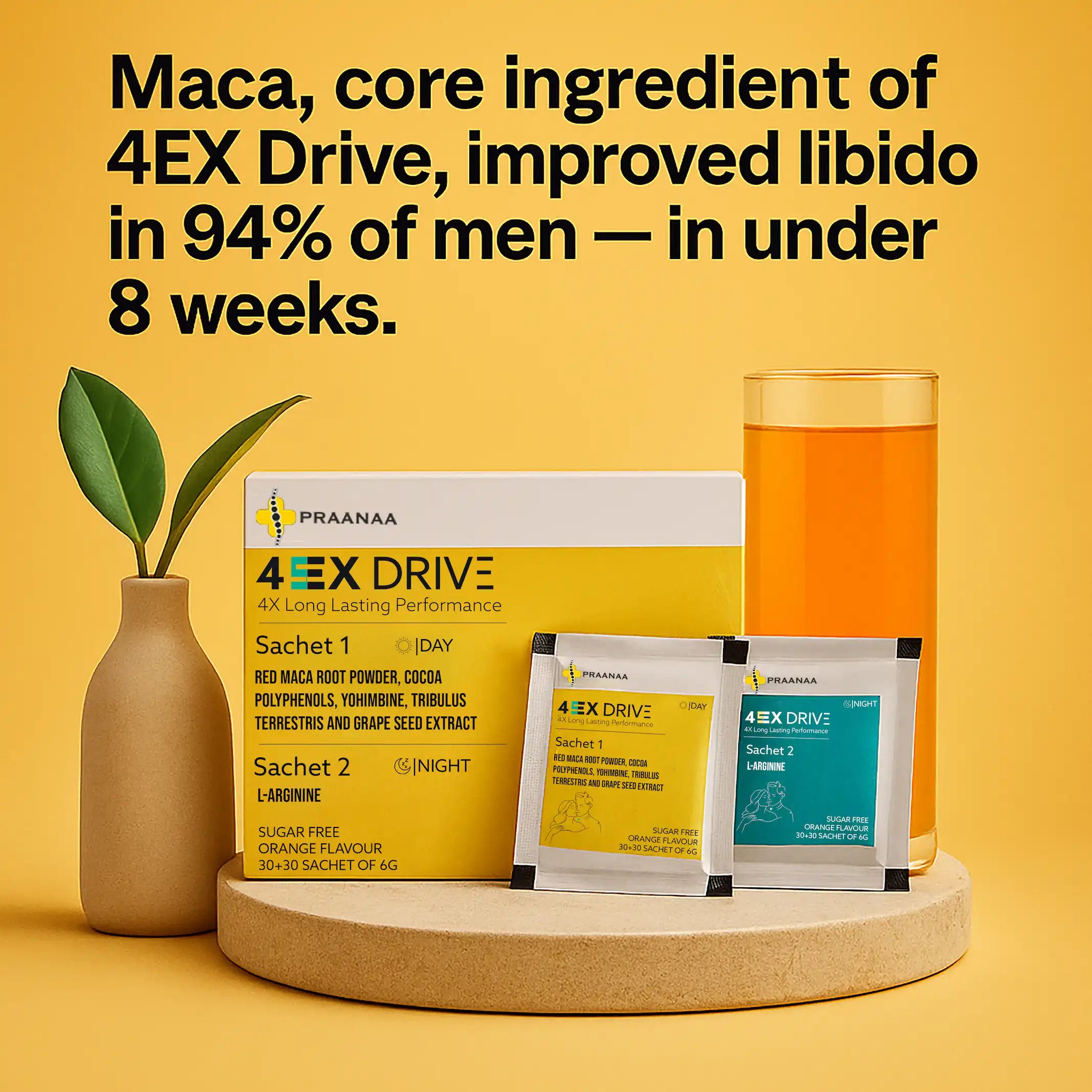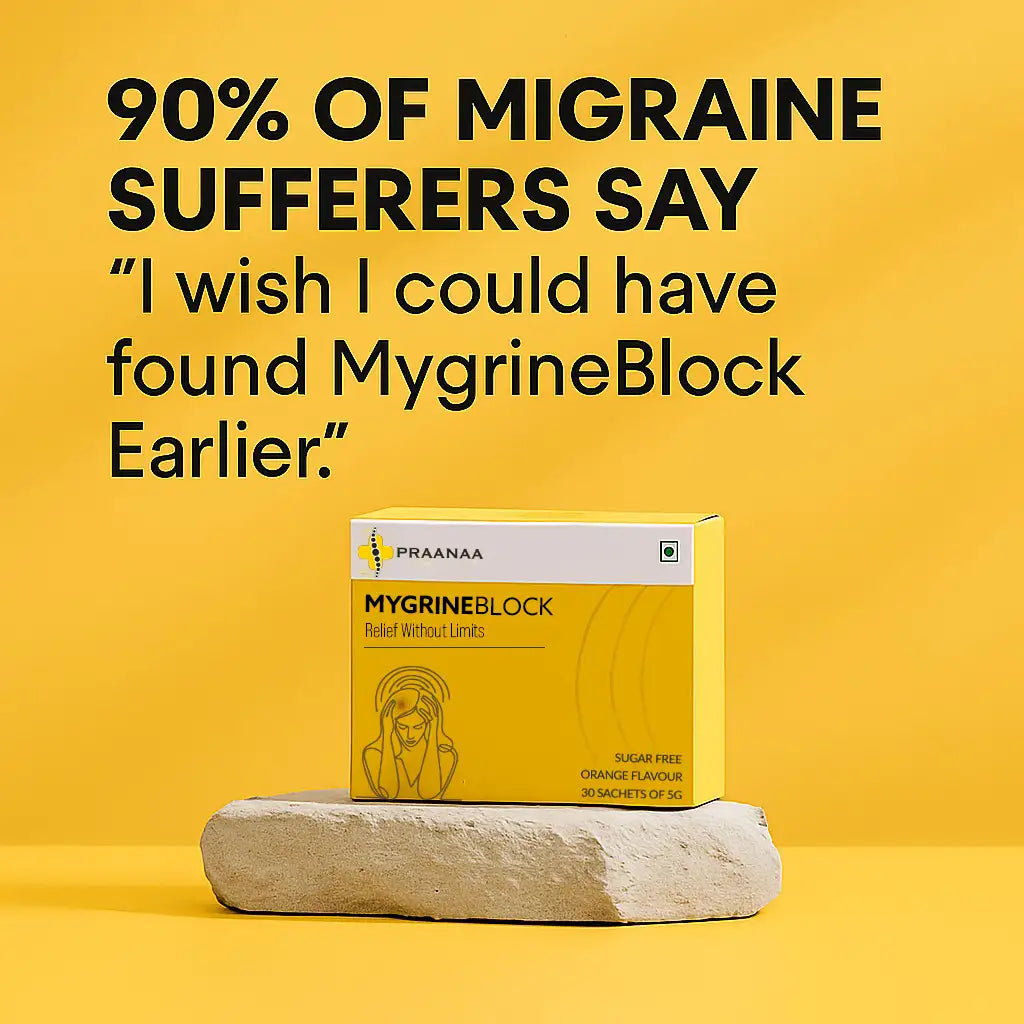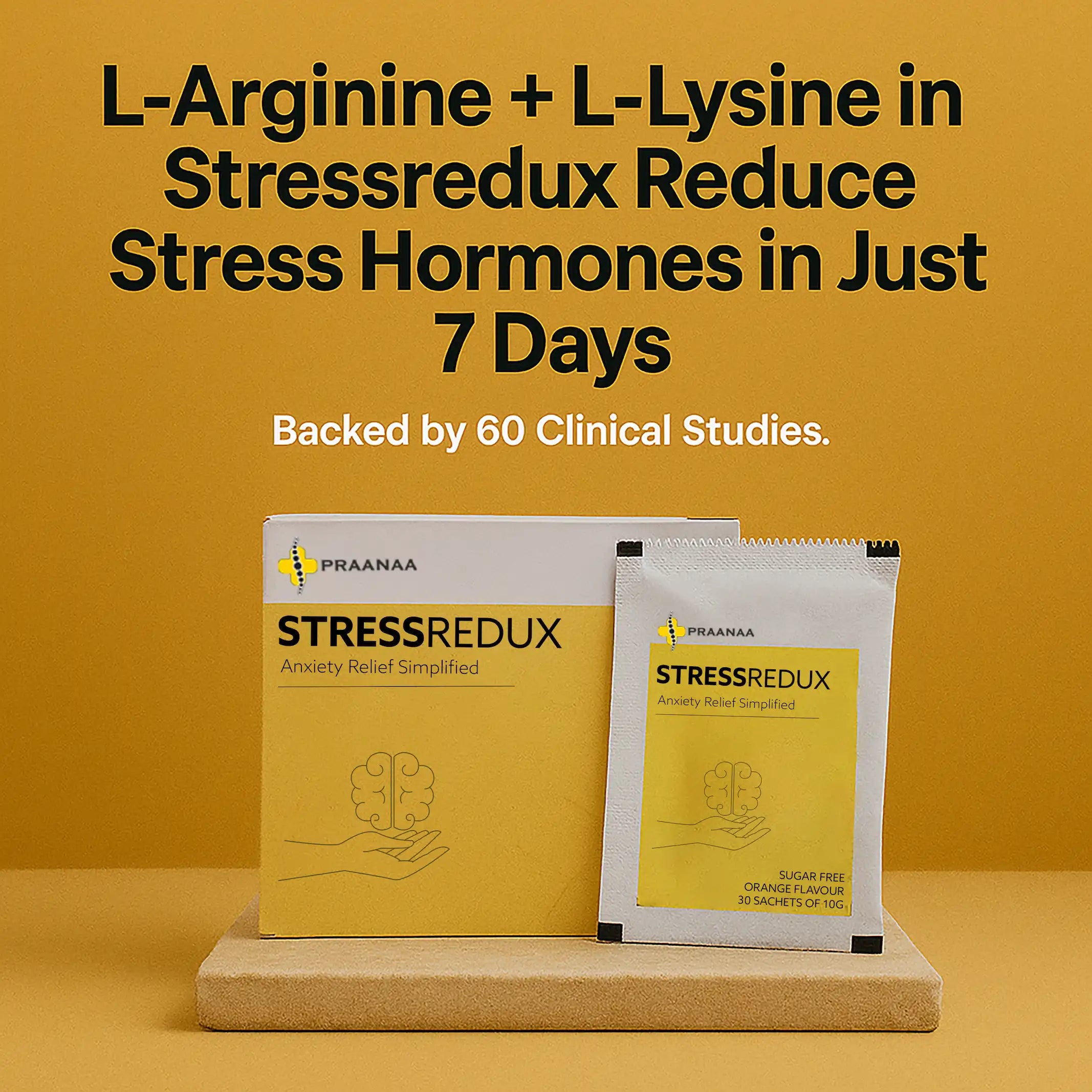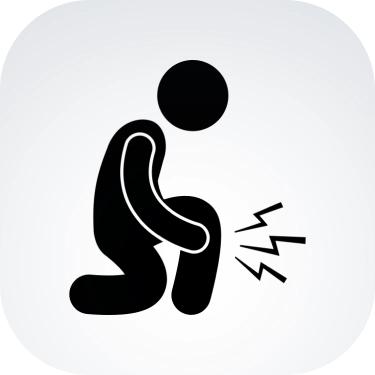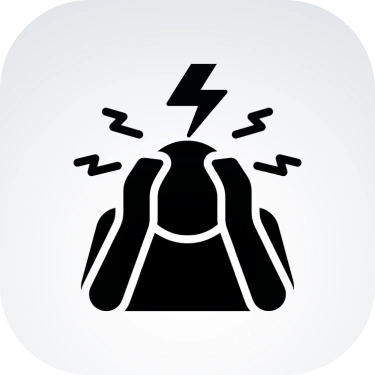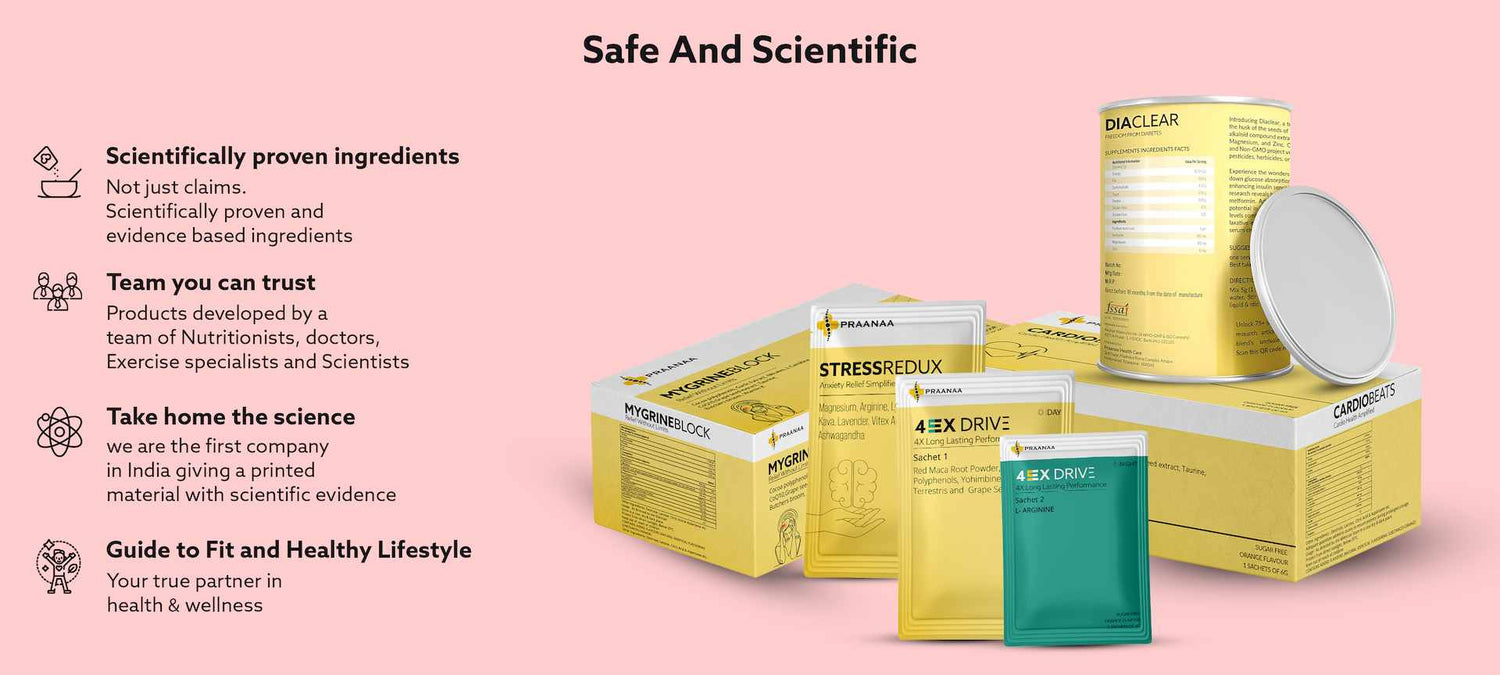Featured In






Bestselling Products
Type:
FreedomWalk (Knee Pain Relief)
Type:
DiaClear (Diabetes Reversal)
Type:
4EX Drive (Performance & Stamina)
Type:
LeanLookz (Loose Fat Naturally)
Type:
MygrineBlock (Migraine Relief)
Type:
StressRedux (Stress Relief)
Type:
Cardiobeats (Heart Health)
Type:
MindMellow (Sleep Support)
Targeted Pain Relief, Right Where It Hurts
From chronic aches to sudden discomfort, Praanaa offers natural, non-invasive solutions tailored to relieve pain in key areas of the body. Whether it’s your back, joints, or head — we’ve got treatments that help you move freely and feel better, faster.
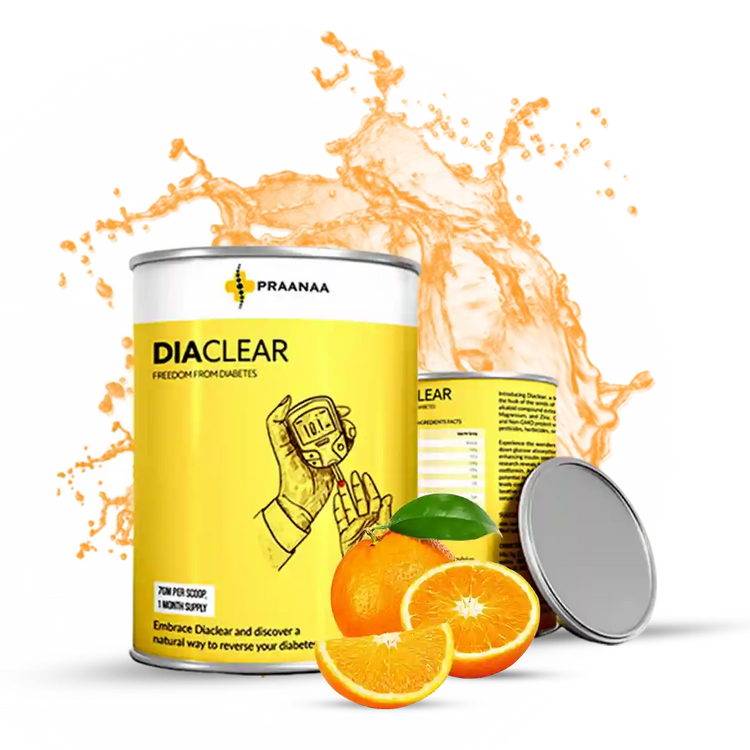
DiaClear
Health Solutions Backed by 119 Scientific Studies DiaClear naturally balances blood sugar, improves insulin sensitivity and reduces inflammation. With cutting-edge research behind it, DiaClear offers a path to diabetes freedom—no more medication, insulin shots, or missing out on your favorite foods!
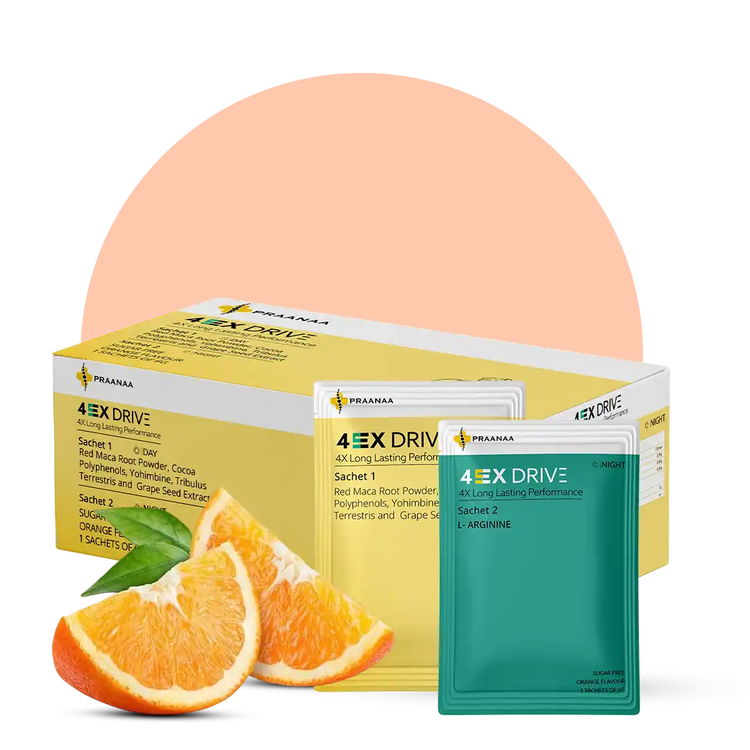
4Sex Drive
Enhance performance, boost libido, amplify pleasure, and rediscover intimacy with our advanced sexual health supplement.
Were you feeling frustrated with your sexual health? Have you tried various methods with no success? Say goodbye to those challenges and reclaim your vitality with 4Sex Drive—backed by scientific research for real results.
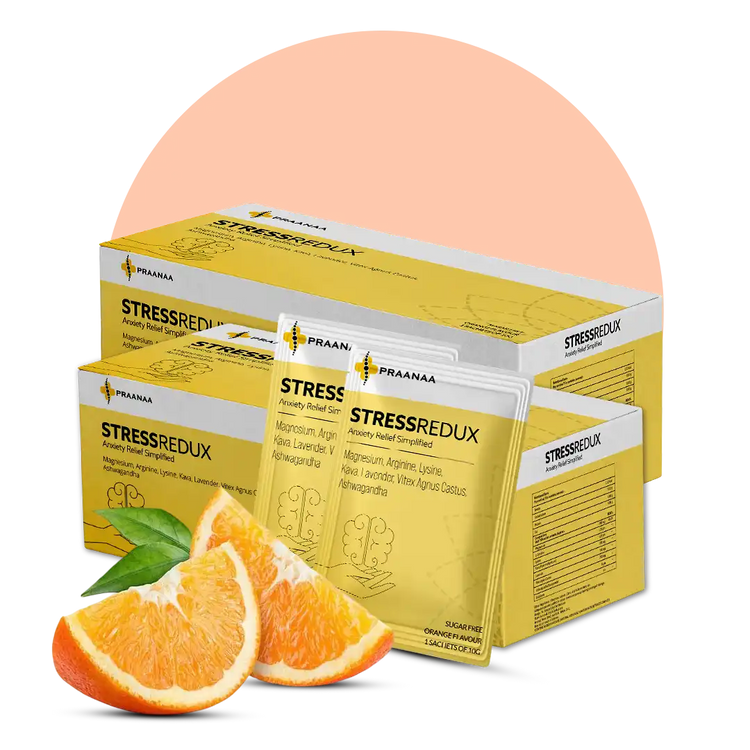
Stress Redux
Every Unmanaged Stress Steals Your Happiness.
Manage It with StressRedux.
Note: It is not a sleeping pill or sedative
- Relieves Stress & Anxiety Naturally
- Boosts Mood & Mental Clarity
- Clinically Proven, 100% Natural
- Recommended by Doctors
Not Just a Supplement. A Guided Wellness Journey.

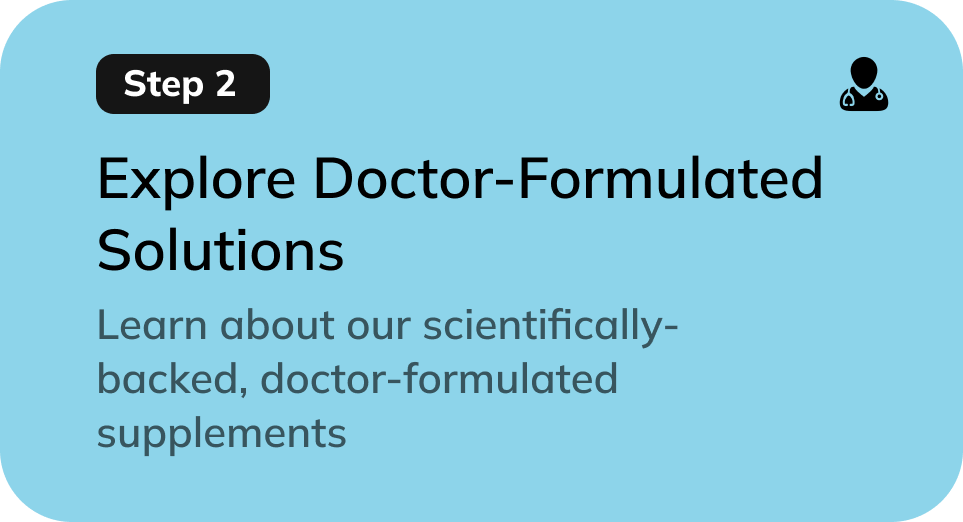

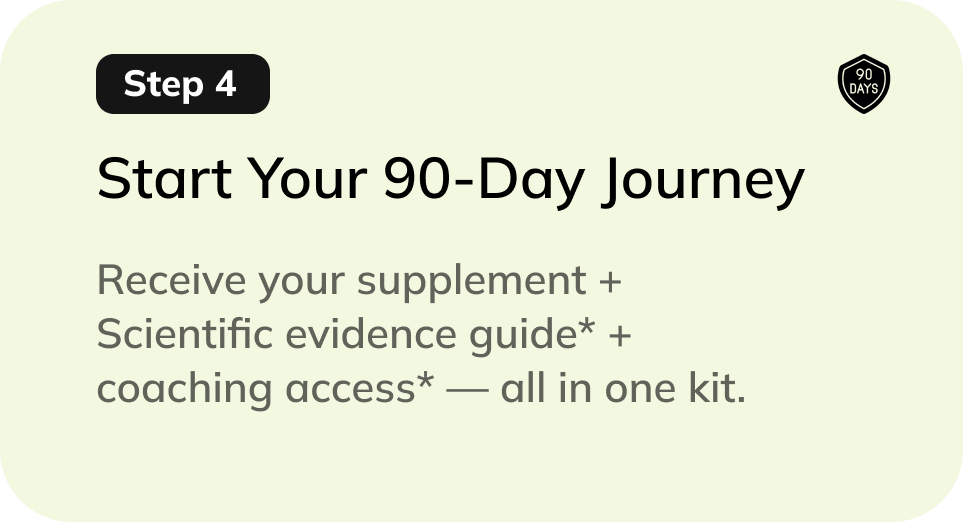

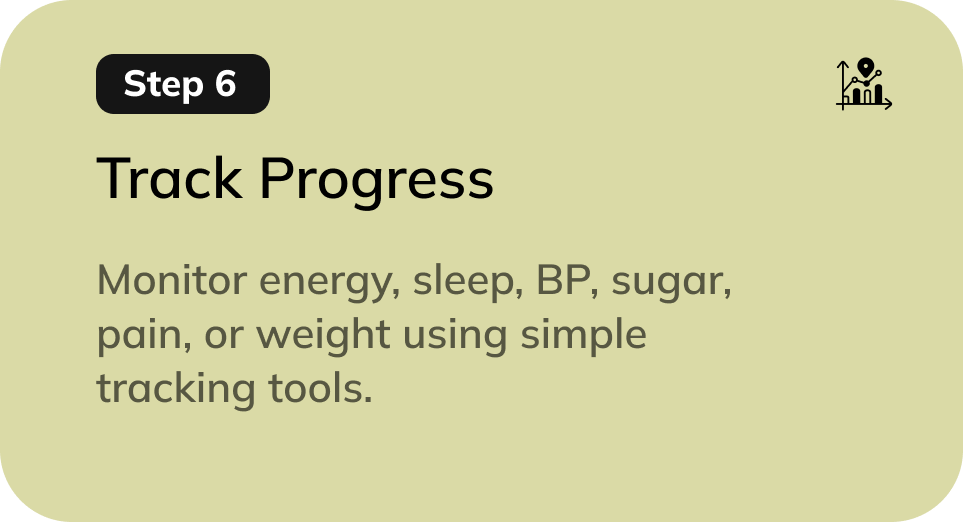


Frequently Asked Questions
If you have questions, we have answers for you here. In case we don’t, please feel free to reach out to us here.
1. For how long should I take these pills?
1. For how long should I take these pills?
Our supplements are designed to be effective when taken consistently over time to support your overall health. We recommend a minimum intake of 3 months to observe their positive effects on your well-being.
2. What should I do if I miss a dose?
2. What should I do if I miss a dose?
Far far away, behind the word mountains, far from the countries Vokalia and Consonantia, there live the blind texts. Separated they live in Bookmarksgrove right at the coast
3. What if I take the supplement once in a while and not every day?
3. What if I take the supplement once in a while and not every day?
To ensure optimal effectiveness, our supplements are meant to be taken regularly rather than sporadically. If you find yourself occasionally forgetting to take them daily, we have a solution. We provide a daily supplement log with all our products, which can help you stay on track and avoid missing any doses.
4. Can I get your products at some store?
4. Can I get your products at some store?
Currently, our unique and proprietary formulations are exclusively available for purchase online. As we prioritize quality and direct customer service, we want to maintain complete control over the distribution of our products.
5. Can I order your supplements for someone else?
5. Can I order your supplements for someone else?
Yes, it is possible to order our supplements for someone else, provided you are well-informed about their health history. However, we urge you to ensure that the intended recipient follows the instructions precisely for optimal results. Please be mindful that most of our products are not intended for children. Prior to purchasing any product for a child, kindly review the label and information provided on our product pages.
6. How long will it take for my order to arrive?
6. How long will it take for my order to arrive?
Once shipped, orders typically take 3-5 days to reach their destination. Should you have any inquiries about the shipment or require assistance in tracking the status, please feel free to reach out to us.


